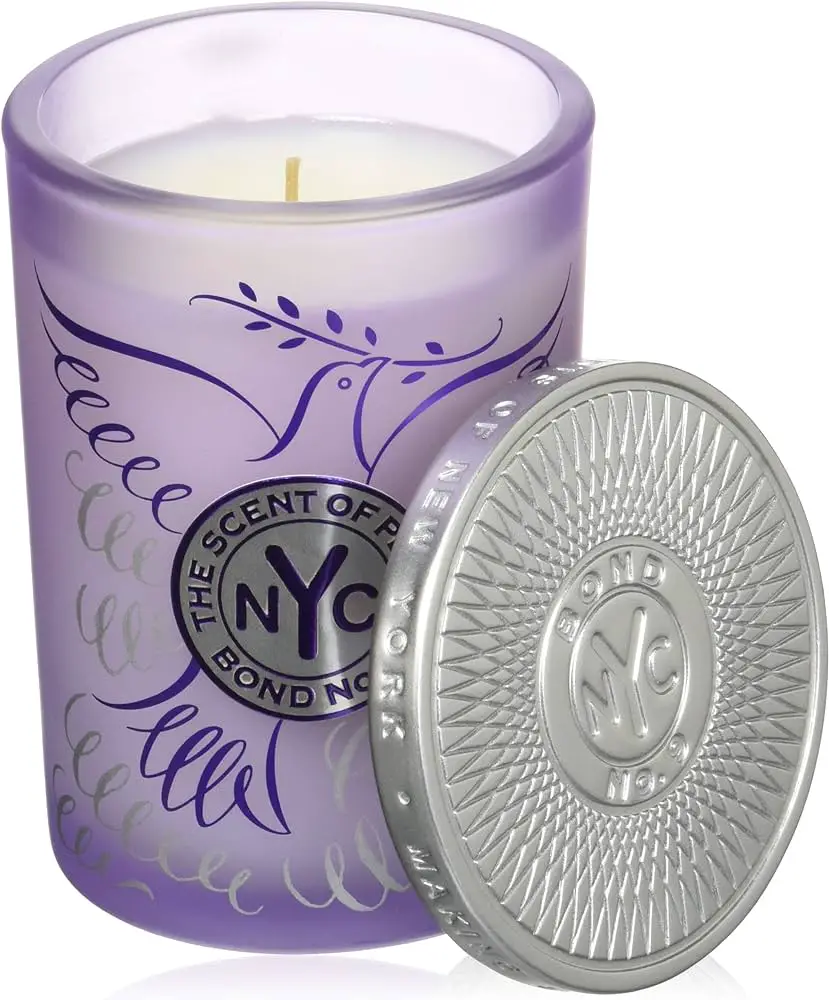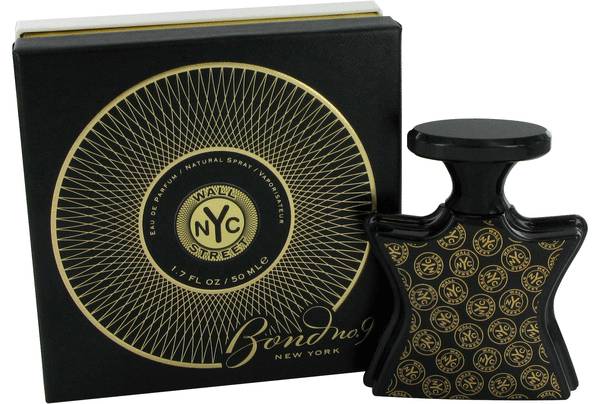When we think of perfumes, our minds often conjure up images of enchanting scents that evoke memories and emotions. Behind the allure of these fragrances lies a fascinating world of chemistry, and one crucial component that plays a significant role in creating perfumes is aldehydes.
What are Aldehydes?
Aldehydes are organic compounds characterized by a carbonyl group (a carbon-oxygen double bond) and a hydrogen atom. These chemical structures contribute to the unique and often distinctive scents found in perfumes. Aldehydes are synthesized in laboratories but can also be derived from natural sources, such as citrus fruits.
The Role of Aldehydes in Perfume:
Aldehydes serve several essential functions in perfumery:
- Top Notes: Aldehydes are often used as top notes in perfumes. These are the initial scents that greet your senses when you first apply the fragrance. They provide a burst of freshness and set the tone for the overall perfume experience.
- Enhancement of Floral Bouquets: Aldehydes can enhance the floral aspects of a perfume. They add a crisp and bright quality to floral notes, making them more vibrant and long-lasting.
- Creation of Modern Fragrances: The use of aldehydes became particularly prominent in the early 20th century, thanks to the groundbreaking fragrance Chanel No. 5. Created by perfumer Ernest Beaux in 1921, Chanel No. 5 incorporated a significant amount of aldehydes, marking a departure from traditional perfume compositions.
- Stabilization of Fragrance: Aldehydes contribute to the overall stability of a perfume. They help maintain the integrity of the fragrance over time, preventing it from breaking down or losing its potency.
FAQs About Aldehydes in Perfume:
Q1: Are aldehydes natural or synthetic in perfumes? A1: Aldehydes can be both natural and synthetic. While some are derived from natural sources like citrus fruits, many in perfumery are synthesized in laboratories to ensure consistency and availability.
Q2: Do all perfumes contain aldehydes? A2: No, not all perfumes contain aldehydes. Their presence depends on the perfume’s formulation and the desired olfactory profile. Some perfumes use aldehydes prominently, while others may omit them entirely.
Q3: Are aldehydes safe for use in perfumes? A3: Yes, aldehydes are generally considered safe for use in perfumes when formulated within regulatory guidelines. However, individuals with sensitivities or allergies should always check the ingredient list before using a perfume.
Q4: Can aldehydes smell differently in different perfumes? A4: Yes, the perception of aldehydes can vary based on the overall composition of the perfume. Their scent may range from citrusy and sparkling to creamy or soapy, depending on the specific aldehyde used and its concentration.
In conclusion, aldehydes play a crucial role in the art and science of perfume-making. Their versatility allows perfumers to create a wide range of olfactory experiences, making them a fundamental component in the world of fragrance. The next time you spritz on your favorite perfume, take a moment to appreciate the chemistry and artistry that goes into crafting that delightful scent.









